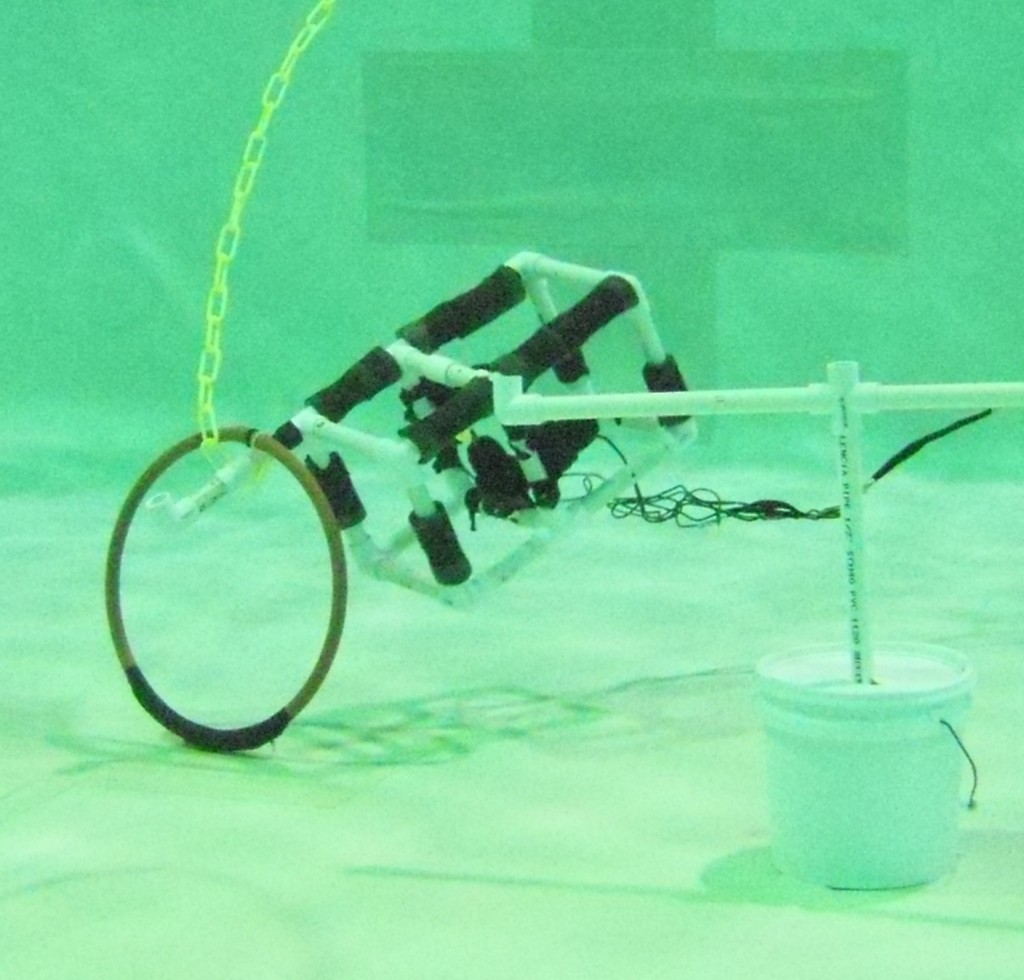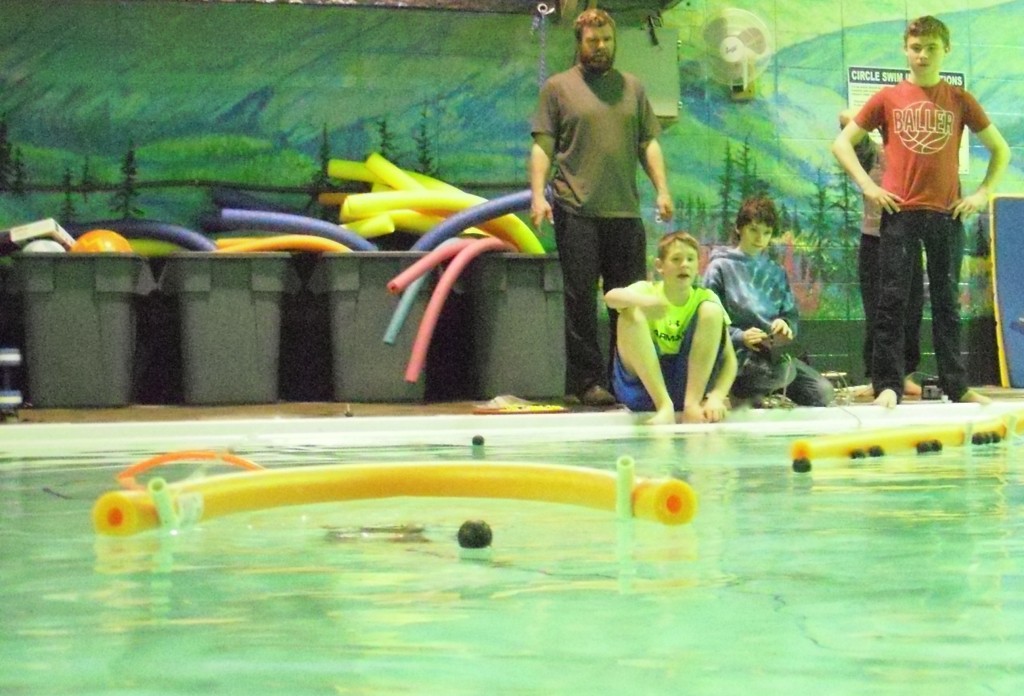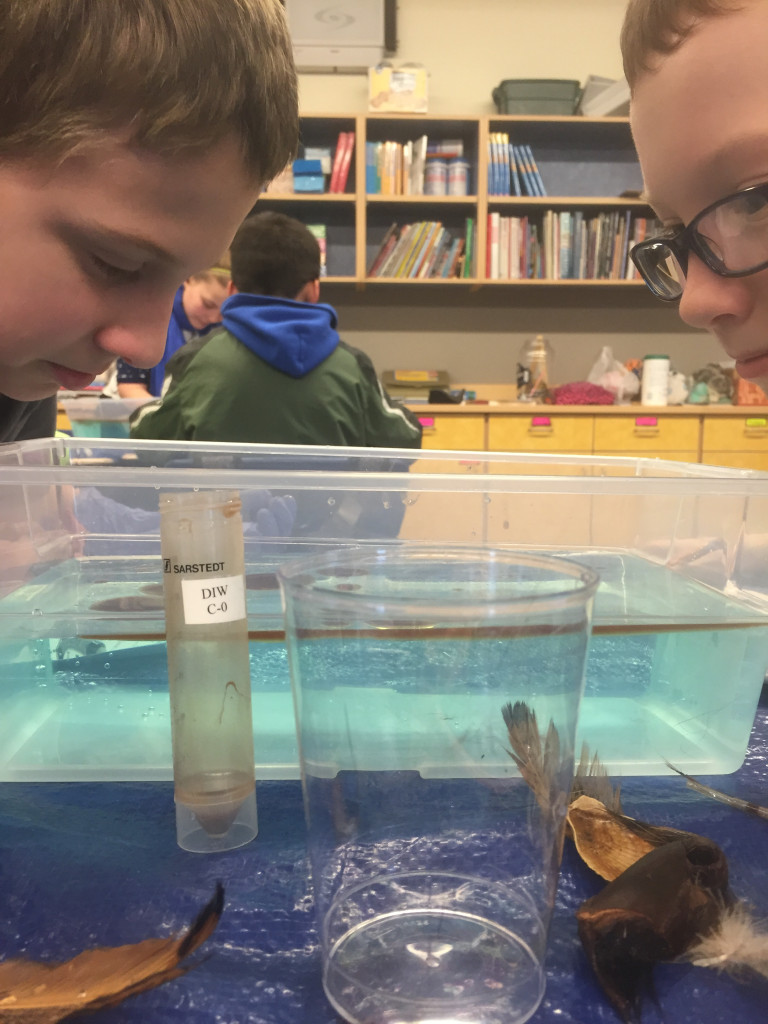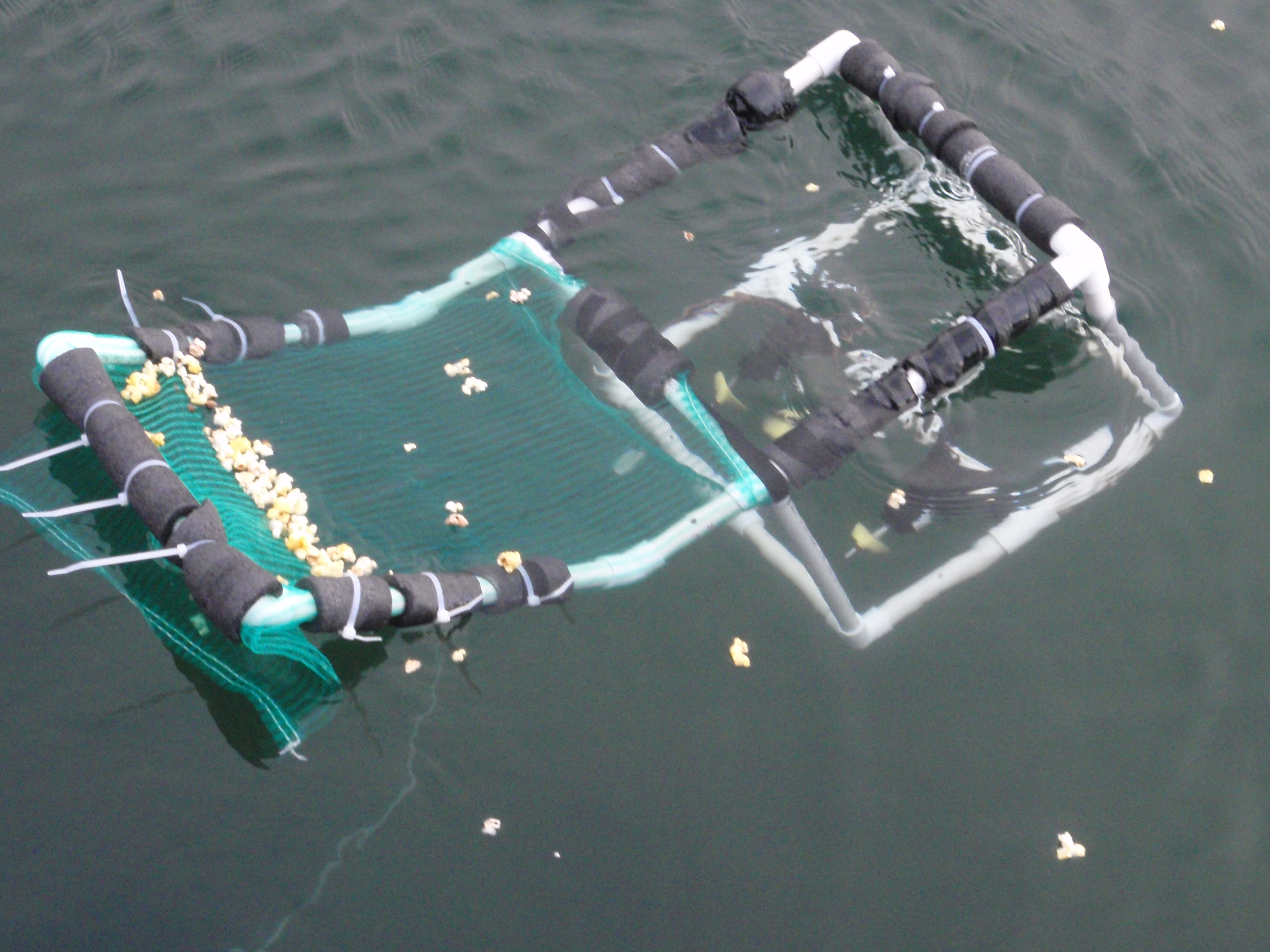Oil Spills: A Cautionary Tale

The Prince William Sound Science Center has been running Discovery Room programs in the elementary school for more than 20 years. Currently, we work with grades 4th through 6th, and students move though a curriculum ranging from salmon to food webs to carbon cycling to ocean science in general. After laying a strong foundation for students, the spring of their 6th grade year launches us into a subject dear to Cordovans’ hearts— oil spills.
This spring, when students were asked if they thought that Prince William Sound had recovered from the Exxon Valdez Oil Spill, not a single “yes” hand went up. Although the 1989 spill happened long before these kids were born, the effects are still felt and understood throughout our community.
After taking time to consider the somber realities, our oil spill unit moves to a set of projects meant to deepen students’ understanding of how oil spills happen, the challenges of genuine clean up, and the incredible importance of prevention.
Our first project with this year’s 6th grade class was a mock oil spill. Each group of students was given a tub of water and a small vial of “crude oil” (a mixture of vegetable oil and cocoa powder) to create their spill. After exploring the interactions of oil and water, groups were given a variety of materials to attempt to clean up the oil such as sponges, soap, and Sorbent Pads. Students measured their recovered oil at the end to see how effective their clean up effort was— always a telling moment.
For the second session in the oil spill unit, students were given a miniature SERVS-style training, with an introduction to spill response equipment and strategies, followed by a tabletop spill drill. For the drill, a hypothetical oil slick was marked onto a marine chart, along with nearby sensitive resources and a weather forecast. Students teamed up on “vessels,” each with a description of their vessel size and equipment capabilities (tow booms, deploy skimmers, etc.) and planned a response effort. We even got a student into a HazMat suit for beach clean-up!
The last project in the unit was the ever-popular ROV Challenge. Teams of 4-5 students got to design and build their own Remotely Operated Vehicle out of PVC pipe. Then they tested their designs in the pool, performing a set of oil spill prevention and response tasks. While this unit as a whole highlights the need for state-of-the-art oil spill technologies, the ROV Challenge offers an example of the kind of marine engineering that is needed to create and improve such technologies.

The 2016 ROV Challenge Winner, designed and built by Team Titanic: Charlie Carroll, Gwethalyn Jacob, Maddie Roemhildt, and Tia Wade
By the end of the school year students had a stronger understanding of oil spills, personal experience with the challenges of clean up, and some ideas about what we can do to prevent another Exxon Valdez disaster. They have been cautioned and inspired! They are ready to move on to 7th grade.
A big thanks to the Oil Spill Research Institute and to the Prince William Sound Regional Citizens’ Advisory Council for their continued support of our oil spill education programs.






